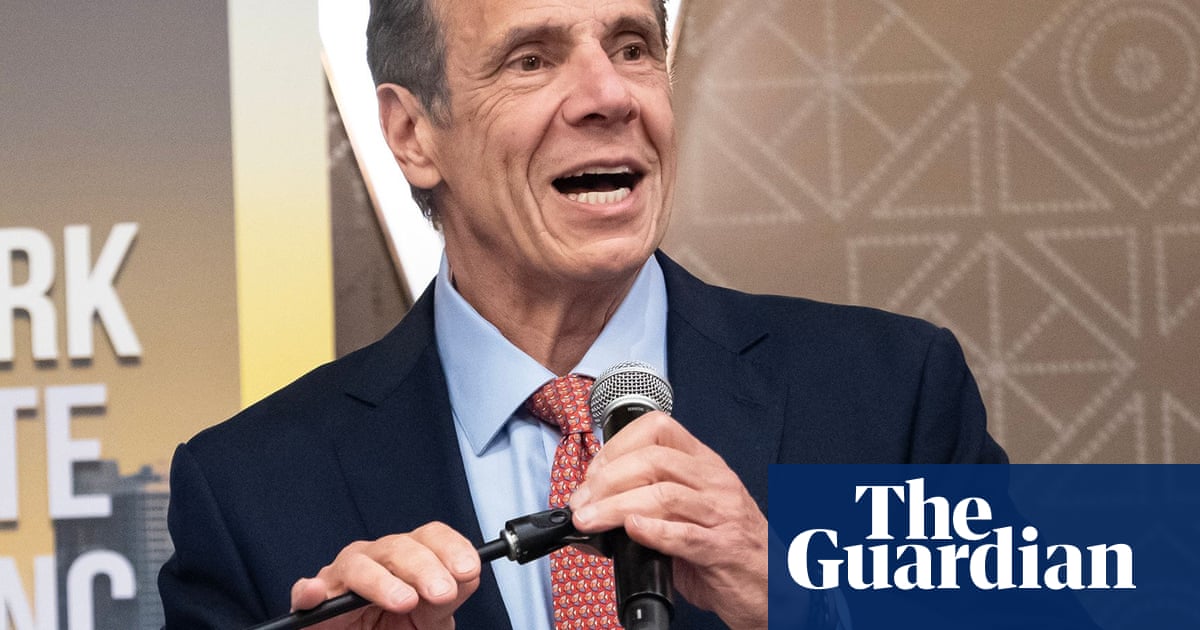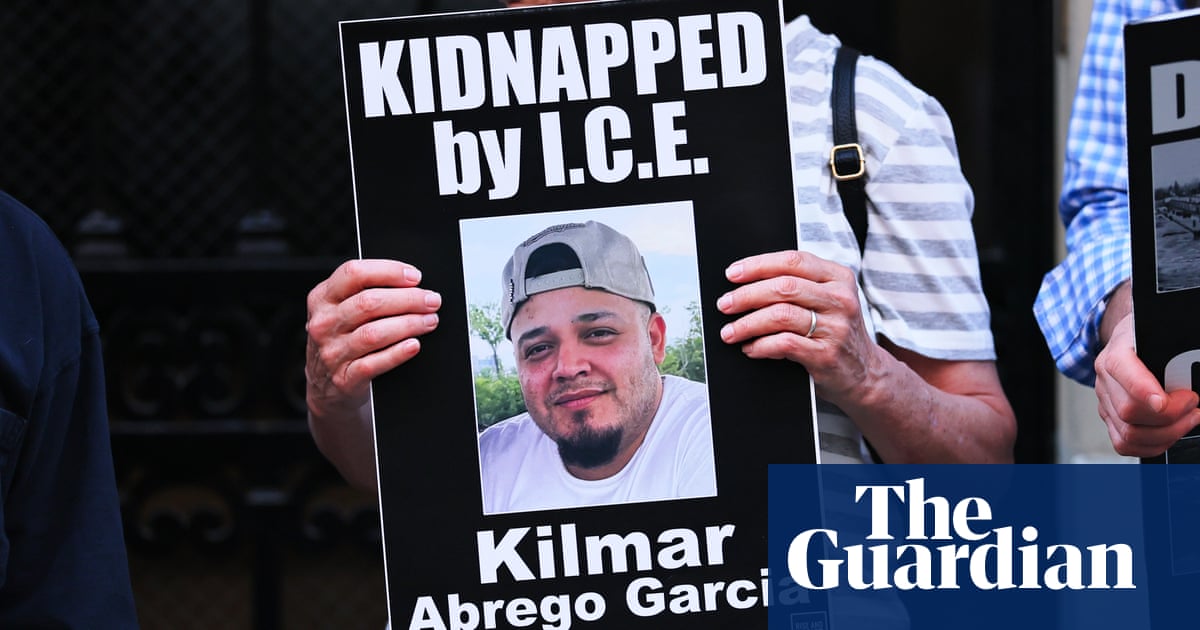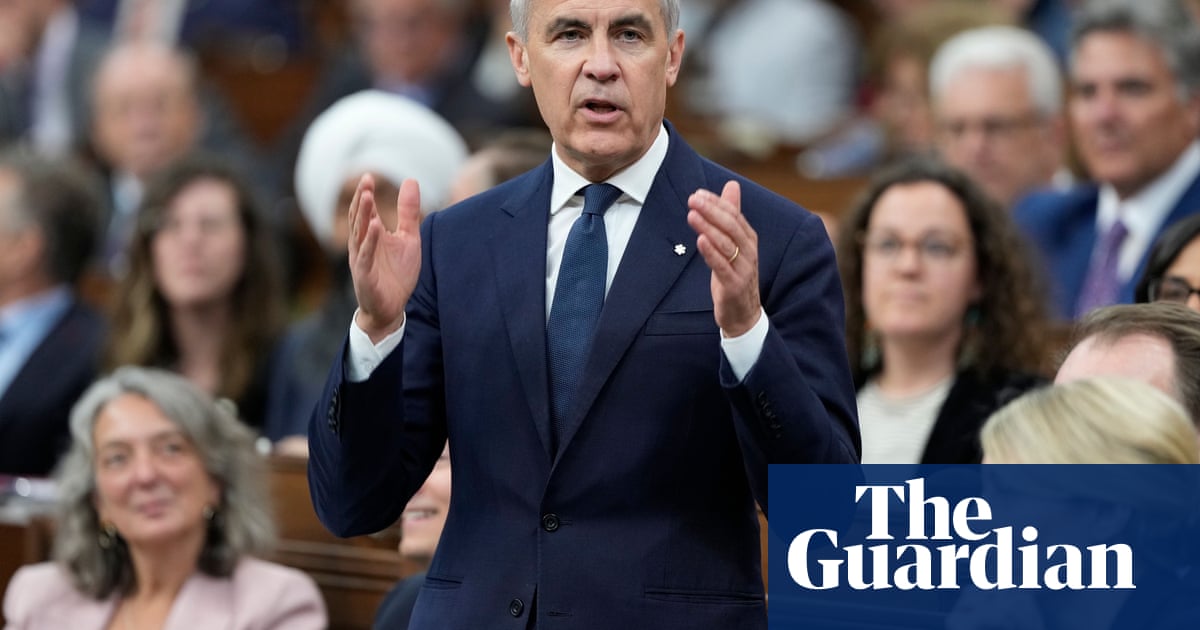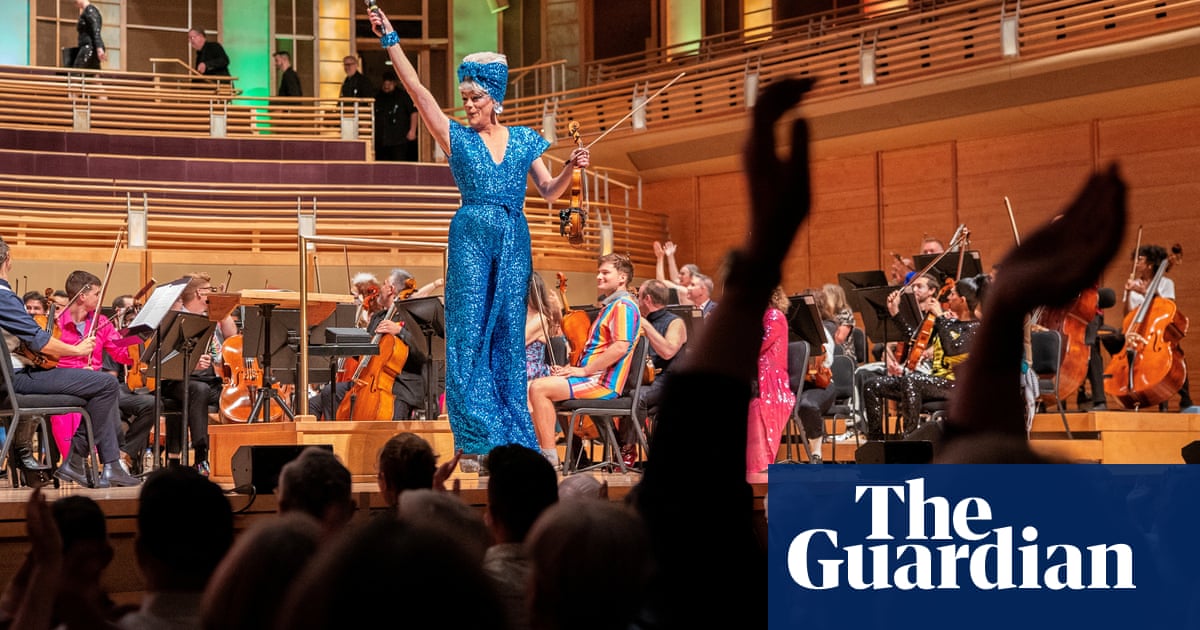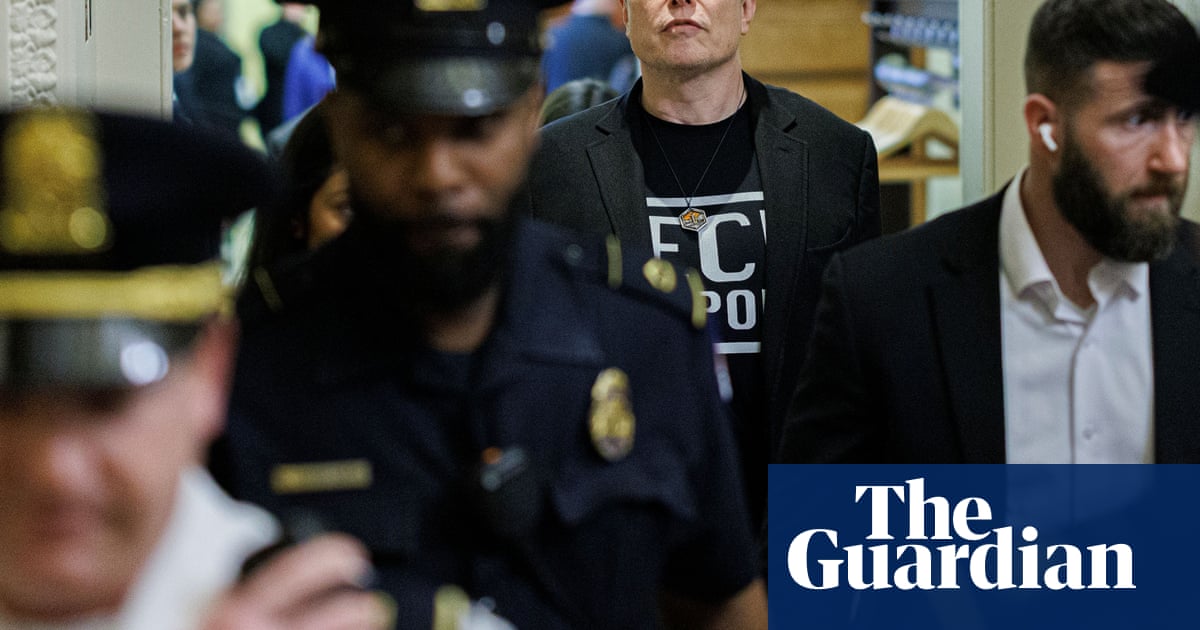When John Nachlinger and Rafael Gavarrete accidentally collided with each other at the airport in Houston, Texas, “it was like a Hallmark Christmas movie,” Nachlinger, 44, says. He was travelling from New York to a funeral, while 27-year-old Gavarrete was returning home to Honduras – and despite only speaking for a few minutes, they exchanged numbers and kept in touch. Over the next year, they met up around once a month, taking turns to travel between New York and Honduras. In November 2022, they got married, and moved together to Princeton, New Jersey.
Air travel has long carried a certain mystique. From the pioneering days of aviation to the glamour of the jet age, it has captivated imaginations with its promise of adventure, freedom and possibility. Perhaps that’s why pop culture casts airports as sites of grand romantic gestures. From When Harry Met Sally to Love Actually, they are often backdrops for unexpected meet-cutes and last-dash attempts for lovers to express their feelings.
Nachlinger and Gavarrete’s story may sound like the plot of a romcom, but data suggests airport entanglements may be a case of art mirroring life. A 2018 survey suggested that, on any given flight, two couples will meet for the first time. And a 2025 survey of 3,000 single Americans by DatingAdvice.com found about a third of travellers reported flirting with a stranger at the airport, while 20% said they would alter their travel plans for someone they had just met. Meanwhile, thousands of TikTok #airportcrush videos document strangers locking eyes across departure lounges.
Why do we seem to be so open to romance while in transit? Psychologists point to the misattribution of arousal, a phenomenon where heightened emotions – such as stress, excitement and frustration – can be mistaken for attraction. Antonieta Contreras, a New York-based sex and trauma therapist, says: “The excitement of travel is very particular. It’s a novelty, it’s adventure, it’s something new. Combined with the anxiety of being on time or packing enough, the nervous system is very activated.” This heightened state can make us perceive those around us as more attractive than usual, especially when combined with the physical realities of air travel: being in close proximity with strangers, often from exotic places.
There’s also something liberating about the perspective air travel offers. Looking down at the world in miniature from an altitude of 35,000ft literally shifts our point of view: fleeting connections may loom larger in our heads, and the possibilities of life feel more numerous.
Contreras suggests that conversations struck up in transit also have lower stakes: “It feels that you can say whatever, and this person has no agenda in criticising or judging you. You may feel ‘this person has really seen me’ because there were no filters.” The same phenomenon may explain why people report being more likely to cry when viewing a movie in flight than on the ground.
YouGov surveys in the UK suggest that most people would prefer to meet a partner in person despite, or perhaps because of, the dominance of dating apps. However, possibly due to the evolution towards phone-first dating culture, some people argue that “meet-cutes are going extinct”.
The social script for making in-person connections is weaker than ever, and many singletons can get stuck in a paradox: frustrated with online dating but too socially cautious or nervous to start conversations in real life. Could air travel be the antidote? Single, and with science on my side, I took a trip to my local airport in Melbourne, Australia, to find out.
The morning of my experiment, I feel nervous. I rarely go into the world completely sober while actively seeking a romantic connection. I start my journey on the tram and, in the spirit of openness, ignore my phone and observe those around me instead. As if sensing my willingness to engage, a more-than-eligible bachelor strikes up a conversation and asks for my number. This is the first time this has happened to me in broad daylight in many years. Am I already giving off a different energy?
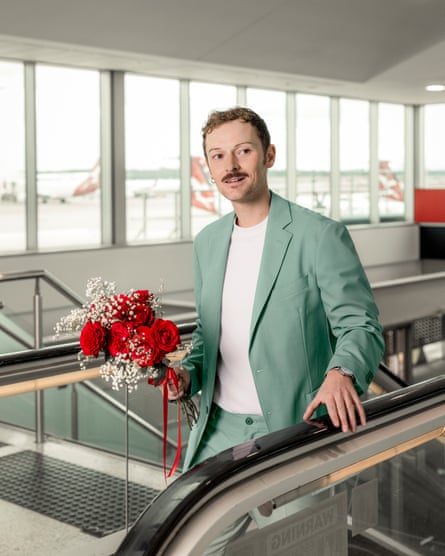
Once at the airport, although I’m not travelling anywhere, I begin my experiment at check-in (in Australian airports you don’t need a boarding pass to get through security). I can’t usually relax until I’ve cleared security, and it seems others feel the same. Perched on a seat between rows of check-in desks for half an hour, I try to chat with strangers, but don’t get past simple niceties with most.
I hope for better luck after security. Retail scientists use the term happy hour to describe the time people spend in departure lounges before their flight. Studies show we are more impulsive and open to suggestions airside, a phenomenon that influenced the advent of luxury airport shopping.
In the security line, I notice no one is using their phone. Air travel is one of few domains where our phone use is restricted at various points, forcing us to make eye contact with others. I recognise someone from the airport bus, and we share a knowing smile. Are things looking up?
As airports go, Melbourne’s isn’t the most inspiring. Its grey interiors don’t inspire connection and, once airside, my approaches feel forced. I settle with “Where are you off to today?”
A group of friends enjoying a pre-flight drink chime in with their tales of travel romances. “The airport is its own world, closed off to the outside. There’s less choice, so someone you may not find that hot outside is hot in here,” says Jackson Gatto, who is in his 20s. There’s nothing like being trapped in a glass terminal with hundreds of strangers to lower your standards.
However, Gatto’s view isn’t shared by all of his fellow travellers. “It’s not the same when you’re travelling for work,” says Sally Hughes, a finance executive and regular flyer, who I meet in a bar typing away on her laptop. “I just want to get from A to B and catch up on emails. I don’t have time for romance.” If love is in the air, Sally’s wearing an eye mask and headphones to shut out the small talk.
Our experience of airports has changed over time. Flying was once a glamorous and fairly exclusive form of travel. While budget airlines have made it more accessible, they have lowered comfort and service levels, which, along with tighter security rules, have made it less fun and freewheeling.
But while baggage allowances may have shrunk, our capacity for emotional connection appears to have remained intact. Dr Steve Taylor, lecturer in psychology at Leeds Beckett University, says that as social rules in airports feel more relaxed, our sense of identity becomes more fluid: “We become disoriented, but also liberated … It predisposes us to be sociable. That feeling of disorientation you get at airports can be a pleasant experience.”
Back in the departures lounge, passengers have been reunited with their phones and appear to be making up for lost screen time. They say comparison is the thief of joy – are phones the thief of connection? A gaggle of cabin crew waiting for their flight offer their thoughts. “Before mobiles, you used to be able to tell whether people were swapping numbers because they’d ask for a pen,” says one flight attendant. “Now people are buried in their phones.”
Michael Davison, 63, who is retired and lives in France, met his ex-partner in the departures lounge at Istanbul airport in the late 1980s. They immediately hit it off, he says. “We didn’t know whether we’d be sitting together or not, but as fate would have it, we were.” They chatted for the whole four-hour flight home to London, and exchanged numbers in the arrivals hall. A few months later, they met up again, and went on to have two children and a 16-year relationship. Would their conversation have flowed as easily if they had been distracted by phones or in-flight entertainment? “Perhaps not,” Davison says.

As the day goes on, bars fill up and pre-flight drinks begin flowing more freely, making conversation easier. Most of my interactions start from small moments such as being asked: “Is someone sitting here?” Perhaps the physical proximity in airports lends itself to connection too.
In a bar nursing a beer, I find Jordan, 32, on the final leg of his journey from London to Sydney, with two hours to kill in Melbourne. I strike up a conversation and we bond for a while about growing up in London. But he’s been awake for nearly 24 hours and I can tell romance isn’t on his radar.
In a final attempt to find connection, I head towards the gate of a delayed flight, knowing that 30% of people surveyed by DatingAdvice.com think that bonding over frustration is a good way to meet a future partner. Looking at it optimistically, the difference between a long delay at an airport and a speed dating event is that at least at the airport you’ll eventually take off, even if a romance doesn’t.
Now adept at assessing airport interactions, I see three people chatting and get the sense they have just met. “I noticed the programme Maddy was using on her laptop and asked what she was working on,” says Ben Tynan, 33, who admits he rarely speaks to strangers. So what made him spark up a conversation? It seems the proximity effect is at play: “I felt safe starting a conversation after I asked to move something next to her and she made a joke.”
When the last flights of the day take off, I’m resigned to the fact none of my airport connections will result in lasting romance – apart from my suitor on the tram, perhaps (we are meeting up next week). When Nachlinger met his now husband, he says the connection was instant – normal social protocol seemed to melt away. “I didn’t even realise how old he was, I didn’t know his name, nothing,” and yet, “something told me I needed to get his number.”
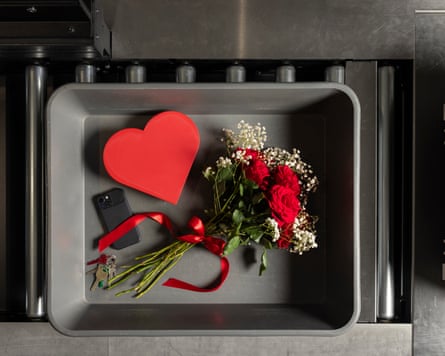
Throughout the day, I’ve heard many stories of romance blossoming airside. One common thread is that most people who’ve met someone at the airport believe they wouldn’t have made such a connection in a normal setting: sometimes we just need an excuse to spark up a conversation. Perhaps airports aren’t just transit points between locations, but between different versions of ourselves – the everyday self and the one emboldened to take bigger social risks. Maybe by replicating some of the social conditions of air travel in our daily lives – looking up more, using phones less, letting go of our fear of judgment – we’d make more connections landside.
Taylor says it is possible: “When we live according to strict identity and routines, we can feel trapped. At the airport, that weight starts to lift. We can learn from that.”

 11 hours ago
4
11 hours ago
4



